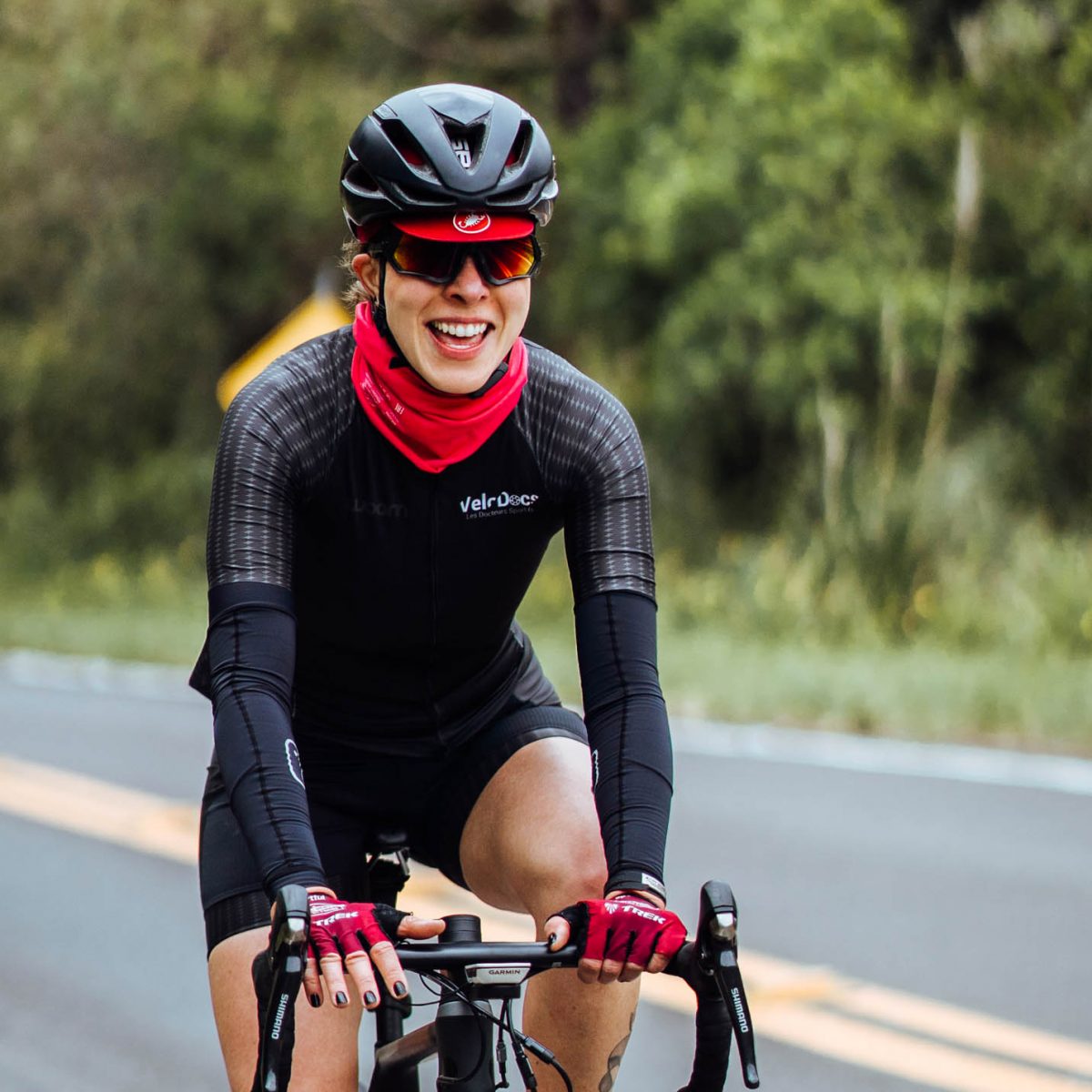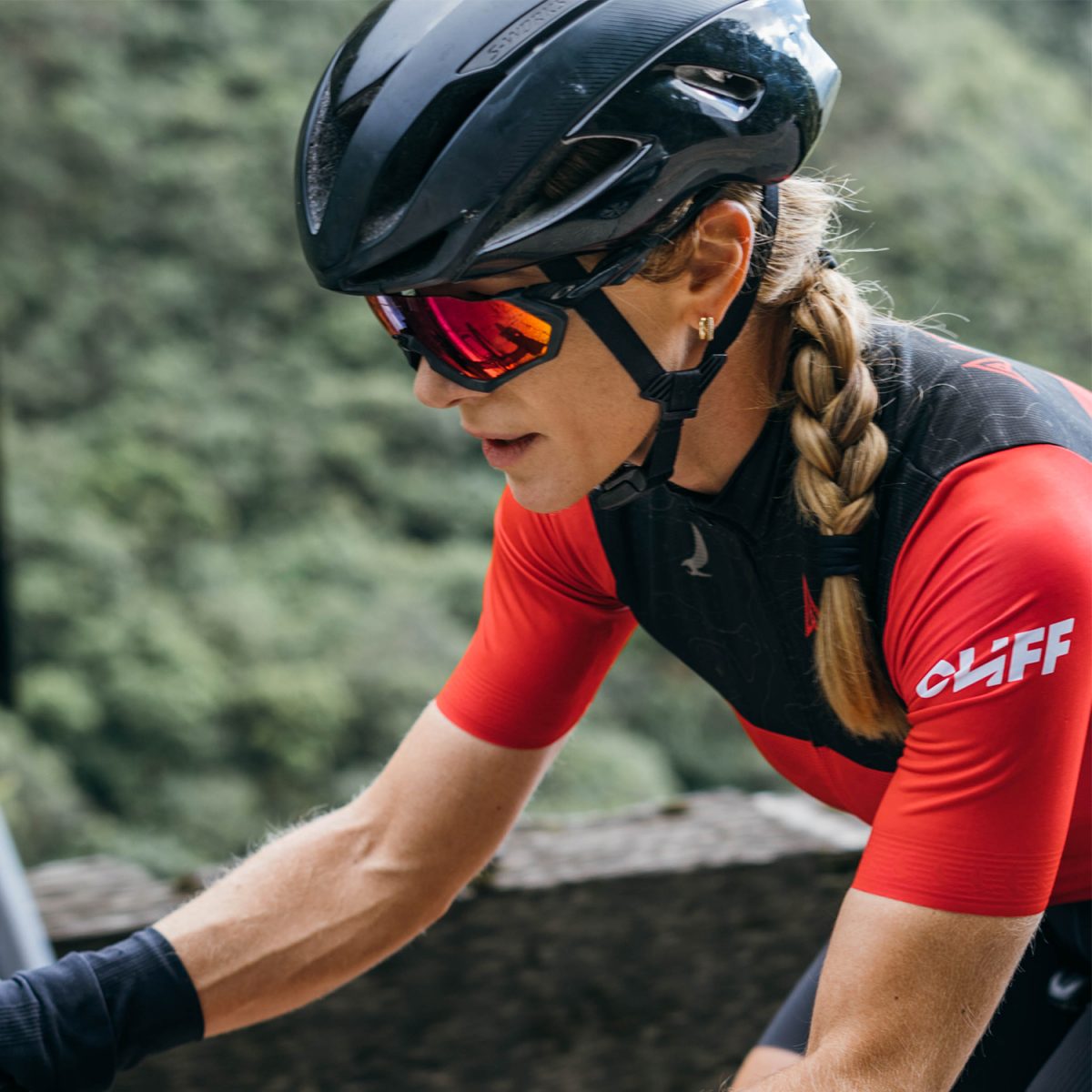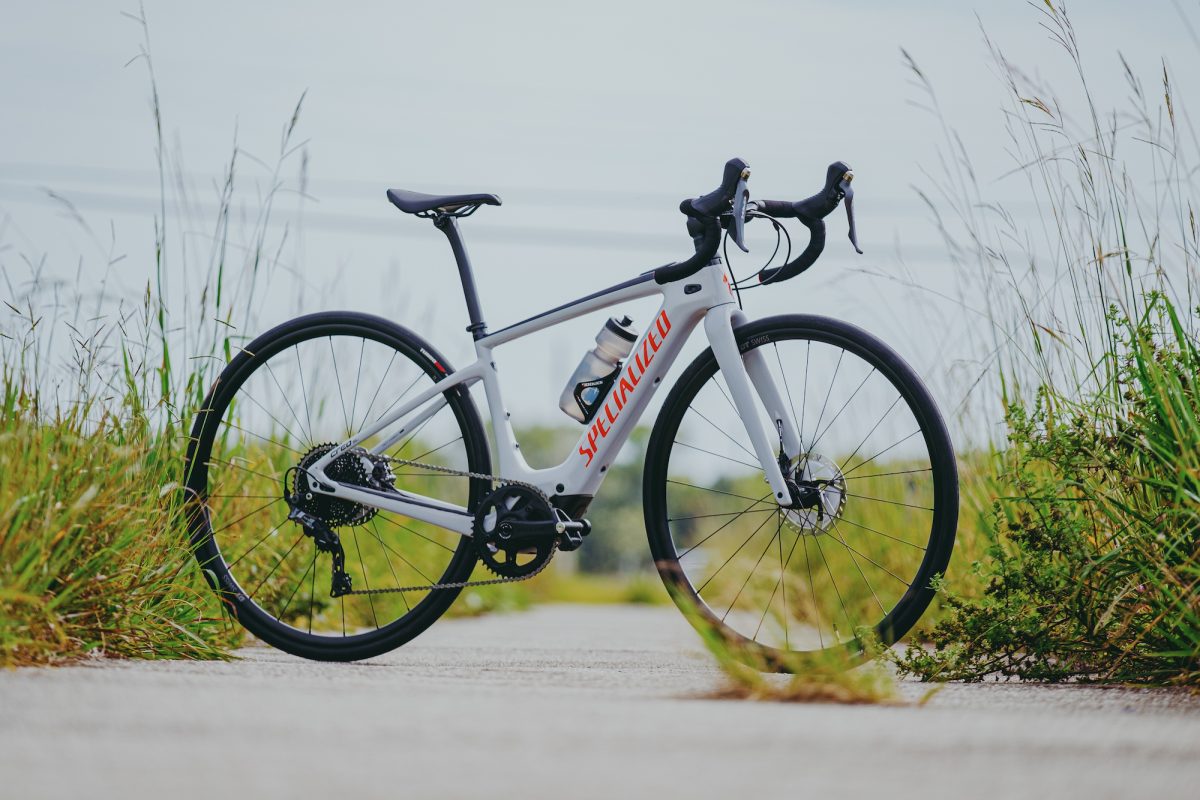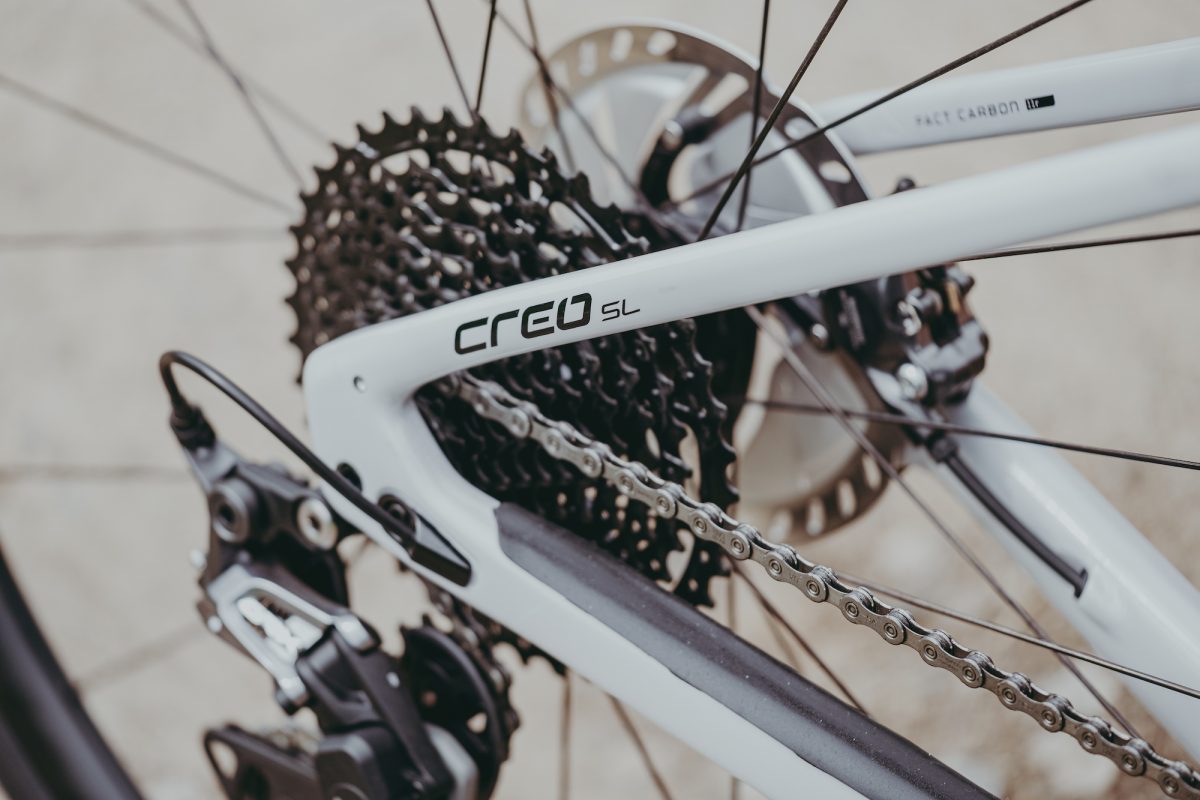Like almost every cyclist, I was always one of those who wrinkled his nose just to hear about ‘electric bicycle’. First, because the image that came to my mind was that of one of those old mopeds, in which the pedal was nothing more than an ornament; second, because the side of the proud athlete did not allow me to think of using a device – in this case, an engine – to overcome the hardest parts of a course.
My first experience with an electric bike ended up being with an e-mountain bike, the Specialized Turbo Levo, which I bought as a way to convince my mother to cycle. I soon discovered some benefits that, like someone who has cycled since childhood, I would never have imagined: the help of the engine helped her to ride the bike more easily, by ‘stretching’ the momentum of the first pedal, and also generating more stability on the climbs, a since the speed does not drop as much depending on the relief. I soon started to explore more of the possibilities of e-bike and realized, for example, that the extra watts made it possible to go down some trails more often, or make longer turns even when time was short.
But it was in November of the last year that I started to see e-bikes with different eyes. In the first edition of ATHENA Women’s Cycling Camp, a training camp only for female cyclists that I co-organized in Serra Catarinense, we partnered with Life Cycle, a Specialized concept store in Florianópolis, which lent us some saddles from the MIMIC line, designed exclusively for women; Roval wheels and five Turbo Creo SL, the brand’s e-road bikes. The idea was that athletes who had difficulty in extremely hard stretches, such as Morro da Igreja or Serra do Rio do Rastro, could use assisted bicycles to overcome the challenge, without exceeding the limits of safety and well-being. Seeing the happiness on the faces of athletes who managed to have fun in the midst of a strong squad, on a challenging course, was a unique experience.
A few days later, I had the opportunity to test, myself, one of the Specialized Turbo Creo SL that had gone to the camp. To my surprise, I discovered a number of reasons to see this e-bike not as a toy, but as an excellent training tool or to incorporate the bicycle more frequently into the routine. My 5 Reasons to have a Turbo Creo SL you find in this video:
The tested version was the Turbo Creo SL Comp Carbon, the entry model, carbon, of the brand. It is a well-assembled bike, with 11-speed Shimano mechanical group and built-in power gauge. The RX812 GX Shadow Plus changer allows the use of an 11-42t cassette that, combined with a 46-tooth crown – and the assistance of the proprietary engine -, allows you to climb any terrain.
The 28mm tire combined with the proprietary fork system, Future Shock 2.0 – a small suspension with a 20mm travel – offers plenty of comfort on bumpy roads or cobbled streets, common in Florianópolis. The set also made me curious about the countless possibilities of routes that can be explored with the gravel versions of this e-bike, the Turbo Creo SL EVO.
The geometry is that of a comfortable road bike, perfect for long pedals and hard roads. Due to the front suspension on the fork, the front is higher than my usual bike fit, even in the Small size. However, two positive points of the tested size are the 38cm handlebars and the 165mm crankset, proportional to the size of the frame – which is not always respected by the big brands in the line bikes. The rigid frame and good weight distribution, obtained by integrating the motor / battery pack close to the central movement, make the bike fast and with excellent handling, even on the most technical descents. In addition, the extra weight in relation to an acoustic bike (approximately 12kg), is easily compensated by the engine on the climbs and even helps small athletes, like me, die down.
The SL 1.1 motor offers up to 240w of additional power, which can be distributed in a customized way through the Specialized Mission Control application. This means that you can choose how many more watts, in proportion to the ones you are delivering with your own effort, Turbo Creo SL offers in each of the three levels of assistance. In particular, I chose to configure the bike with up to 25% for level 1, up to 50% for level 2 and 100% for level 3. In this format, assistance at the initial level is practically imperceptible, as well as engine noise. In the intermediate mode, very hard climbs, like the one at Morro da Barra da Lagoa, can be done comfortably; but only at level 3, the maximum, you can really feel an ‘acceleration’ of the bike, with the engine doubling the power generated by the cyclist. When turned off, the engine does not offer any additional resistance, which is a good option for flat stretches or downhill as a strategy to save battery, increasing the engine’s autonomy – which is already up to 128km.
Two other very interesting features of Mission Control are that the application allows automated battery management and power delivery. Battery consumption can be distributed according to the programmed duration or distance of the workout, ensuring that you are not ‘on hand’ before the hour. Power, on the other hand, can be offered to ensure that the athlete stays within the programmed heart rate zones – an excellent tool both for developing cyclists and for those who, like me, are resuming training and do not know how to deny invitations to train of friends too fast for the current form.
In short? E-bikes are here to stay. And the Specialized Turbo Creo SL is an excellent gateway to this world, combining cutting-edge technology with design, comfort and handling of the best traditional bikes.
Technical specifications :: Specialized Turbo Creo SL Comp Carbon
• Chain: Shimano HG601
• Gear shifters: Shimano GRX810, mechanical
• Cassette: Praxis M30 11v, 11-42t
• Crown: Praxis 46t, 110bcd
• Rear draw frame: Shimano RX812 GX Shadow Plus 11v
• Tires: Specialized Turbo Pro, 700x28mm.
• Saddle: Specialized Power Sport 143mm
• Seatpost: S-Works Fact Carbon 27.2mm, 20mm offset
• Table: Future Stem Pro
• Handlebars: Specialized Hover Comp, aluminum, 38cm, 125x75mm
• Brakes: Shimano GRX810 Hydraulic Disc
• Fork: Future Shock 2.0 with 12x110mm boost ™ thru-axle, disc brakes
• Frame: Fact 11r carbon, open road geometry, thru-axle, battery integrated in the central movement, internal cabling, boost ™ 12x148mm
• UI: Specialized TCU, 10 line LED battery indicator, 3 line LED indicator, ANT + / Bluetooth®
• Battery: Specialized SL1-320 integrated, 320wh
• Engine: Specialized SL 1.1
















